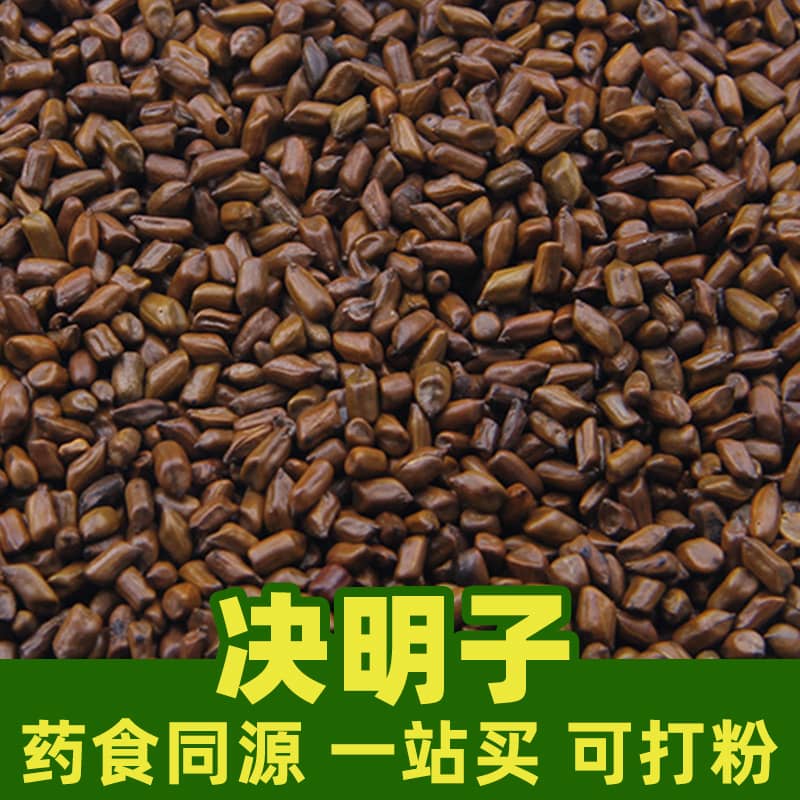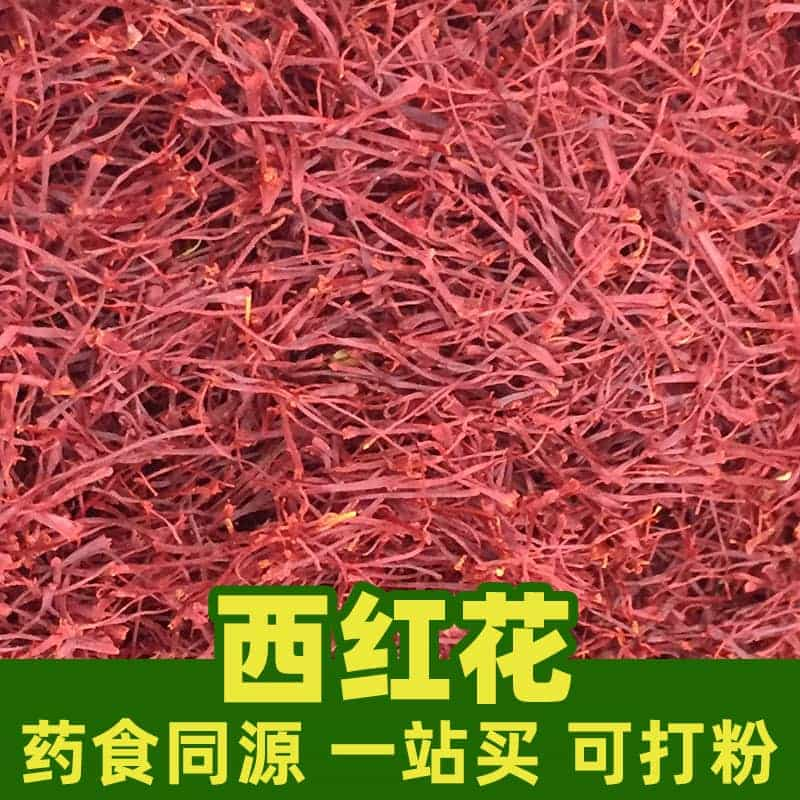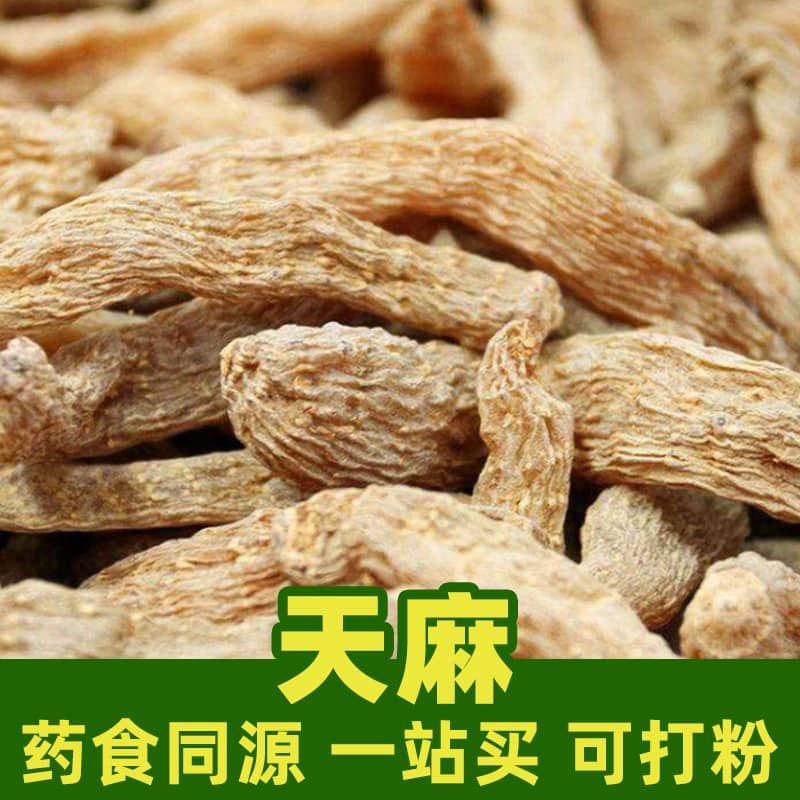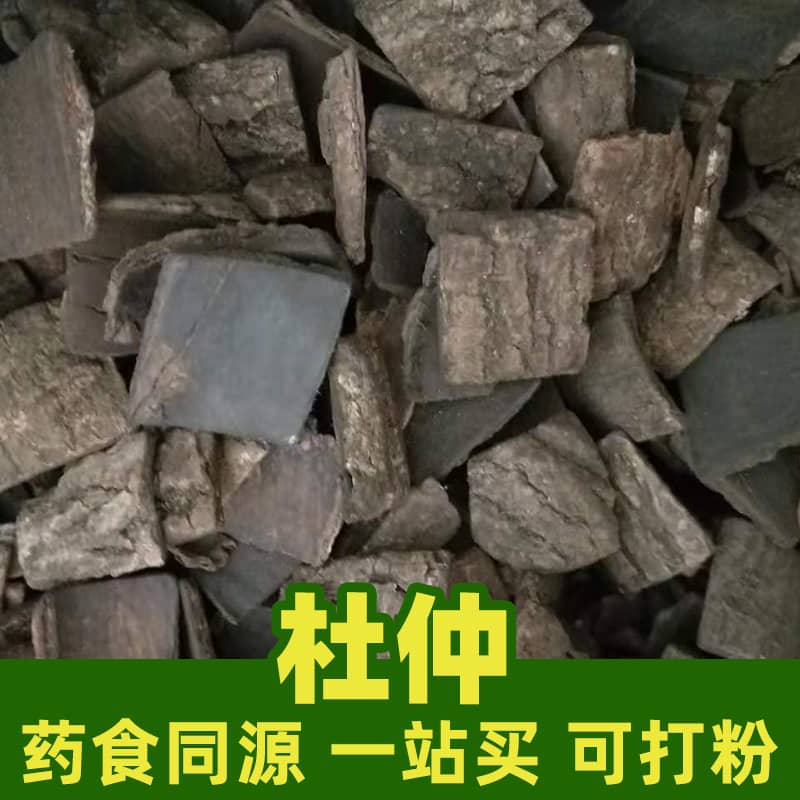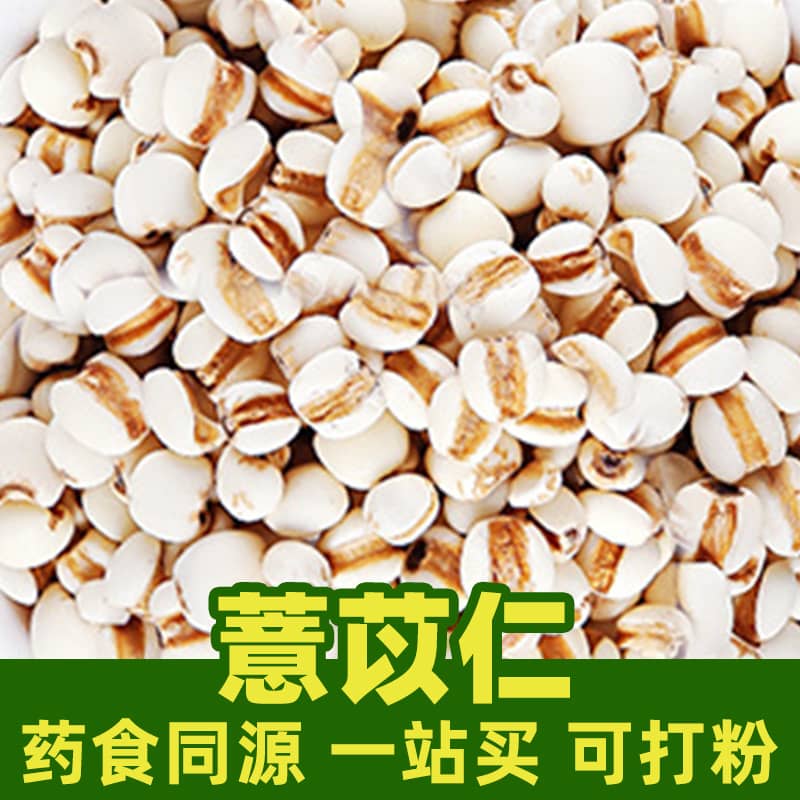Product Introduction
Yam is a common food and a frequently used herb in traditional Chinese medicine. The fleshy tuberous root is used as a food ingredient and is often cooked or made into traditional Chinese medicine. Yams typically have a brown or white exterior with longitudinal grooves and fine roots. Rich in starch, protein, fat, vitamins, and minerals, yam offers numerous health benefits. It has the functions of invigorating qi and blood, nourishing the lungs, relieving cough, and promoting bowel movements, making it widely used in both traditional medicine and food.
Main Active Ingredients
The main components of yam include starch, protein, fat, vitamins, and minerals. Starch is the primary nutrient in yam, providing energy. Protein is essential for maintaining normal bodily functions and tissue repair. Yam also contains various vitamins, including vitamin C, vitamin B1, and vitamin B2. Additionally, yam is rich in minerals such as potassium, magnesium, and iron.
Product Applications and Usage
Yam has a wide range of applications in traditional Chinese medicine and food. It can be used as a main ingredient or side dish in various cuisines. Yam can also be processed into various pastries, soups, and porridges to enhance flavor and nutritional value. In traditional Chinese medicine, yam is used in medicinal formulas or as a single herb to invigorate qi and blood, nourish the lungs, relieve cough, and promote bowel movements. The dosage of yam varies depending on the specific condition and should be guided by a physician or herbalist.
Product Source Plant Introduction, Distribution, and Growth Environment
The Dioscorea opposita plant, a perennial herb, is the source of yam. Originating in China, yam is now widely cultivated worldwide. It thrives in warm, humid climates and adapts well to various soil conditions, particularly sandy or loamy soils rich in organic matter. Yam cultivation requires ample sunlight and is tolerant of cold temperatures but has high water requirements.
Harvesting, Processing, and Storage
Yams are typically harvested between September and November on the lunar calendar. After harvesting, they need to be cleaned and peeled. Yams should be stored in a cool, ventilated, and dry place, away from direct sunlight to maintain their quality and nutritional value. During storage, precautions should be taken to prevent moisture and pests.
Monica Sun is a seasoned expert in the natural raw materials industry, with over a decade of experience specializing in traditional Chinese medicinal herbs, spices, and fungi. She is skilled in the sourcing, processing, and application of these materials, emphasizing sustainability and innovation. Monica Sun has contributed to the development of high-quality natural raw materials that serve as essential components in functional foods, pharmaceuticals, and cosmetics, delivering tailored solutions to meet diverse market needs.









